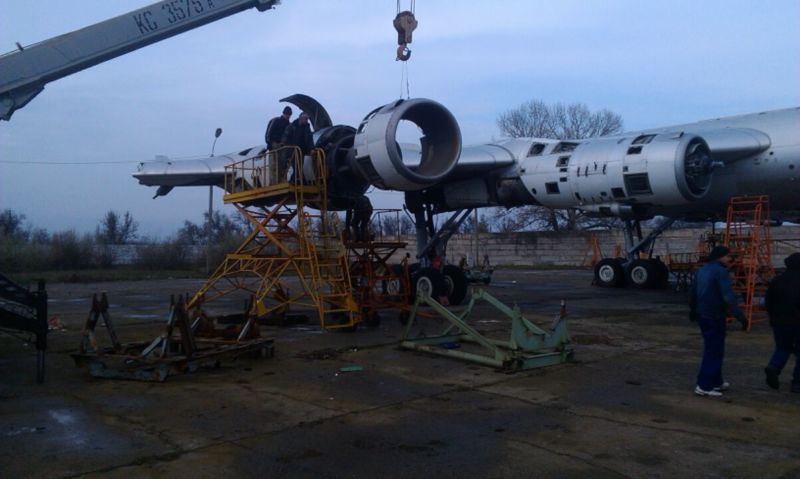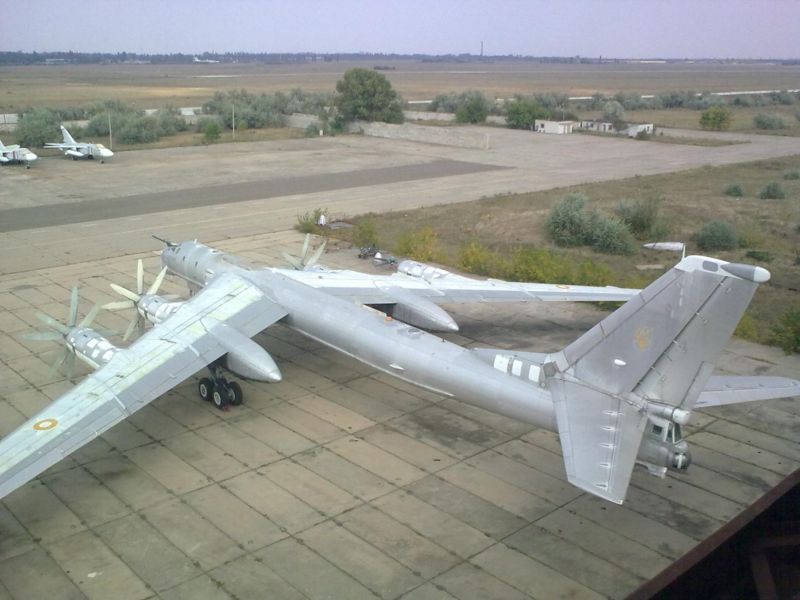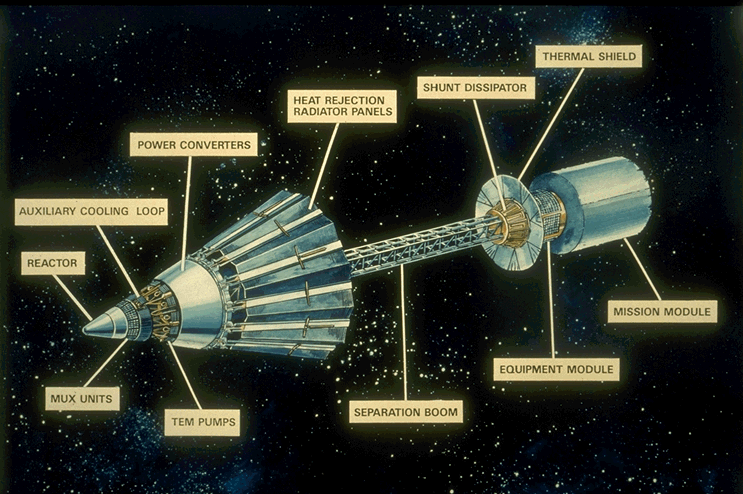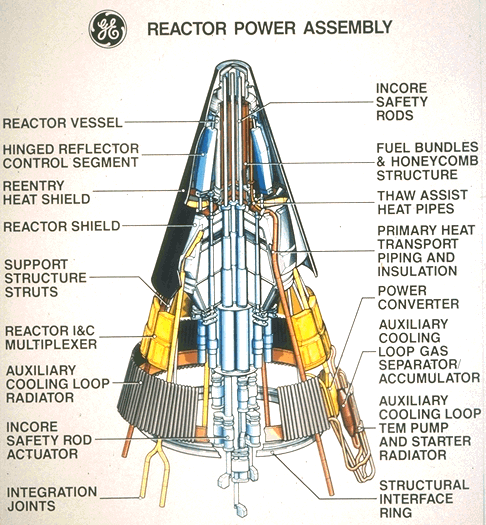The SP-100 was a 1980’s NASA/DoE/DARPA program to develop a space-based nuclear reactor capable of putting out 100 kilowatts of electrical power. A great deal of progress was made, and plans were in place to use on for space stations, interplanetary probes, military satellites and the like, but of course it was cancelled.
In the late 70’s-early 80’s the Fusion Energy Foundation published the magazine “Fusion.” It, as the name suggests, had a number of articles on the politics and physics of nuclear fusion for power generation purposes, and a few on space propulsion. It also had a number of articles on directed energy weapons for strategic defense and forward-thinking by the likes of Krafft Ehricke on space colonization and industrialization. But it also had more than it’s share of loopy pseudo science stuff like intelligent design, anti-Einstein and even anti-Newton stuff. And… it was a Lyndon LaRouche publication. Wiki has a fairly extensive writeup on the Fusion Energy Foundation; it makes for interesting reading.
And it turns out that all, or at least a good chunk of, the FEF’s publications are available online as PDFs:
In the “Books” section you can download Winterberg’s “Physical Principles of Thermonuclear Explosive Devices,” which is not only a fun read for the pure physics, but also as supervillain fodder.
The mix of science and Cold War era LaRouchianism makes for a WTF-inducing experience. If you remember the early 80’s, or are interested in a time when people still dreamed of a nuclear powered future, you can lose days here.
A vertical panorama of the Atlas ICBM on display at the Strategic Air & Space Museum in Ashland, Nebraska. Photographed on a pass through last year.
You can also download the very much larger version by LOOKING HERE (over at my long-disused photo blog), good for printing and such. Permission granted for personal use.
If you like the photo and want to toss a few coins my way… well, here ya go.
Here is a completely re-written stab at a one-page (well, slightly over) vignette about the Orion Battleship for “Nuclear Pulse Propulsion.” I’m still uncertain if I’ll include this sort of thing in the book… I doubt that these little story fragments would add much to a book that’s already over 400 pages. If y’all have opinions one way or the other, I’m open. This is a rough draft, so it’s perhaps not all that great.
I have used the “Calibre” program to convert the yarn from Word into several e-reader formats. I don’t now what’s popular, so if I missed an obvious and important one, let me know. Seems to me the way to go with self-publishing would be to produced three or four formats and sell a ZIP bundle with all of ’em. Shrug.
It seemed to be formatted ok on the Calibre e-reader emulator, but if there’s something screwy with any of ’em, let me know.
*********
Well, hummmph. Attempts at uploading the ereader formats failed… apparently WordPress has a problem with them for “security reasons.” So here, in fact, is a ZIP file with four formats: PDF, MOBI, EPUB and AZW3.
TU-95MS – Soviet Bomber
There are a number of photos indicating that this plane has seen better days. But still… dayum. Can you imagine Hill Aerospace Museum, say, getting this, fixing it up and parking it next to their B-52? The sheer awesomeness of those two together… Giggitty!\

It belongs at Hill:
It’s rare that you design something that works not only better than you expected, but several times better that physics 9as you understood it) said it should work. One of those lucky times was the Castle Bravo hydrogen bomb. It was Americas first “dry” H-bomb, set off March 1, 1954. Prior to this, the “hydrogen” in an H-Bomb was cryogenic liquid deuterium; this was not practical for deliverable bombs. But with the introduction of lithium deuterium, a room temperature solid, H-bombs became practical weapons.
The Castle Bravo device, set off on Bikini Atoll, was expected to have a yield of 5 megatons. While certainly a respectable yield, it turned out to actually have a yield of 15 megatons. This was not due to a design flaw, per se, but due to a misunderstanding of physics. The lithium in the lithium deuteride was 40% Li-6 and 60% Li-7, The Li-7 was thought to be inert, from a nuclear point of view. But… this was wrong.
When nuked by fissioning plutonium in the core, the Li-6 isotope was expected to absorb a neutron and spit out an alpha particle and a tritium atom. The tritium would then do a little nuclear dance with the nearby deuterium and undergo fusion, boosting the yield. The Li-7 was expected to more or less just sit there. But as it turns out, Li-7 decided to join in. When it absorbed an energetic neutron, it, too spat out an alpha particle and tritium… and a neutron. This not only fed more tritium into the reaction, but also more neutrons. The end result was three times the yield that had been expected. Woo!
[youtube fd1IFjBNNVo]
[youtube T2I66dHbSRA]
The quality is regrettable, the sound is nonexistent, but the subject is pretty interesting.
[youtube KEASKjAItHY]
A film describing the work on the XSM-65 ICBM as of January, 1955.
[youtube wPqVC4NLvr4]
The Redwing Tewa hydrogen bomb test at Bikini Atoll. Just… WOW.
[youtube VGFQ7d-2GaA]
The complete footage of the Trinity nuclear test, three different cameras.
[youtube 7dfK9G7UDok]




